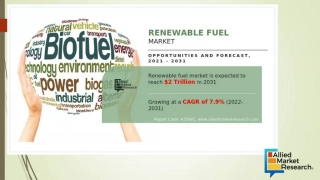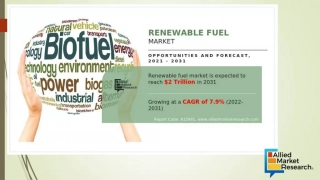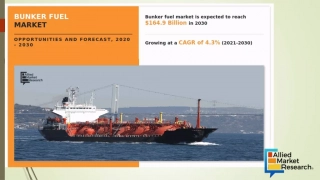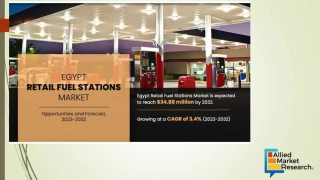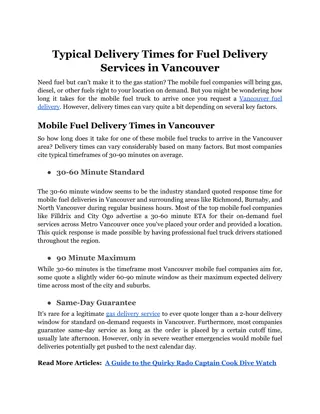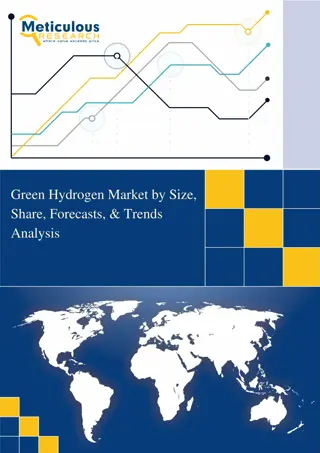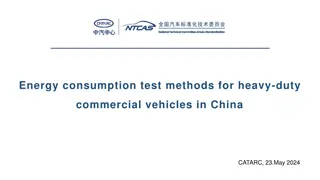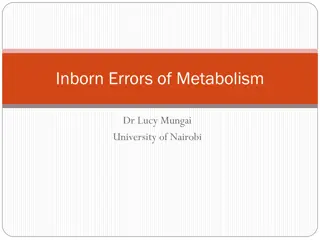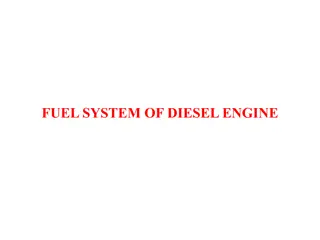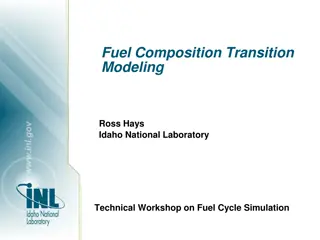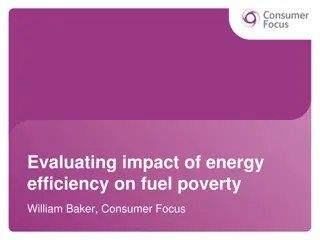
Understanding Brain Fuel Metabolism in Different Physiological States
Explore the metabolic profiles of the well-fed and postabsorptive states, preferred fuels in fasting, and the brain's utilization of glucose and ketones. Discover how the brain maintains function during different energy states and the role of glucose and ketones in sustaining brain energy. Learn about the importance of continuous glucose supply for optimal brain function.
Download Presentation

Please find below an Image/Link to download the presentation.
The content on the website is provided AS IS for your information and personal use only. It may not be sold, licensed, or shared on other websites without obtaining consent from the author. If you encounter any issues during the download, it is possible that the publisher has removed the file from their server.
You are allowed to download the files provided on this website for personal or commercial use, subject to the condition that they are used lawfully. All files are the property of their respective owners.
The content on the website is provided AS IS for your information and personal use only. It may not be sold, licensed, or shared on other websites without obtaining consent from the author.
E N D
Presentation Transcript
P.G. FUEL METABOLISM FUEL METABOLISM VBC-608 Unit-2 19.10.2020 27.10.2020
Fuel metabolism : In Brain brain represents 2% of total body weight obtains 15% of the cardiac output, uses 20% of total O2, and consumes 25% of the total glucose It consumes about 120 g daily, which corresponds to an energy input of about 420 kcal (1760 kJ), accounting for some 60% of the utilization of glucose by the whole body in the resting state glucose is the primary fuel for the brain glucose uptake into the brain via GLUT 1 and GLUT 3 transporters glycogen levels in the brain are minor, normal function depends upon continuous glucose supply In hypoglycemic conditions, centers in the hypothalamus sense a fall in blood glucose level, and the release of glucagon and epinephrine is triggered
Fatty acids cannot cross the bloodbrain barrier and are therefore not used at all in prolonged fasts does the brain gain the capacity to use ketones for energy, and even then ketones supply only approximately 2/3 of the fuel; the remainder is glucose Much of the energy, estimates suggest from 60% to 70%, is used to power transport mechanisms that maintain the Na+-K+ membrane potential required for the transmission of the nerve impulses Overall, glucose metabolism remains unchanged during mental activity
GLUT3 has a low value of KM for glucose (1.6 mM), which means that it is saturated under most conditions the brain is usually provided with a constant supply of glucose danger point is reached when the plasma-glucose level drops below about 2.2 mM (39.6 mg/dl) and thus approaches the KM value of GLUT3 Fatty acids do not serve as fuel for the brain, because they are bound to albumin in plasma and so do not traverse the blood-brain barrier
Fuel metabolism : In Liver Metabolic hub Metabolic hub- - Most compounds absorbed by the intestine first pass through the liver, which is thus able to regulate the level of many metabolites in the blood Two major roles to maintain a constant level of blood glucose under a wide range of conditions to synthesize ketones when excess fatty acids are being oxidized The liver removes two-thirds of the glucose from the blood and all of the remaining monosaccharides absorbed glucose is converted into glucose 6-phosphate by hexokinase and the liver-specific glucokinase Much of the glucose 6-phosphate is converted into glycogen Excess glucose 6-phosphate is metabolized to acetyl CoA, which is used to form fatty acids, cholesterol, and bile salts supplies the NADPH for these reductive biosynthesis via HMP shunt
can produce glucose for release into the blood by breaking down its store of glycogen and by carrying out gluconeogenesis main precursors for gluconeogenesis are lactate and alanine from muscle, glycerol from adipose tissue, and glucogenic amino acids from the diet Regulation of lipid metabolism fatty acids derived from the diet or synthesized by the liver are esterified and secreted into the blood in the form of very low density lipoprotein in the fasting state, the liver converts fatty acids into ketone bodies
How is the fate of liver fatty acids determined? long-chain fatty acids traverse the inner mitochondrial membrane only if they are esterified to carnitine Carnitine acyltransferase I which catalyzes the formation of acyl carnitine, is inhibited by malonyl CoA when malonyl CoA is abundant, long-chain fatty acids are prevented from entering the mitochondrial matrix, the compartment of - oxidation and ketone-body formation And fatty acids are exported to adipose tissue for incorporation into triacylglycerols
Liver-Role in dietary amino acid metabolism The KM value for the aminoacyl-tRNA synthetases is lower than that of the enzymes taking part in amino acid catabolism amino acids are used to synthesize aminoacyl-tRNAs before they are catabolized liver secretes from 20 to 30 g of urea a day liver cannot remove nitrogen from the branch-chain amino acids
How does the liver meet its own energy needs? -Ketoacids derived from the degradation of amino acids are the liver's own fuel the main role of glycolysis in the liver is to form building blocks for biosynthesis the liver cannot use acetoacetate as a fuel, because it has little of the transferase needed for acetoacetate's activation to acetyl CoA
Fuel metabolism : In Adipose tissue triacylglycerols stored in adipose tissue are an enormous reservoir of metabolic fuel Adipose tissue is specialized for the esterification of fatty acids and for their release from triacylglycerols fatty acids are esterified in the liver and transported to adipose tissue as VLDL Triacylglycerols are not taken up by adipocytes; rather, they are first hydrolyzed by an extracellular lipoprotein lipase for uptake This lipase is stimulated by processes initiated by insulin
The principal task of adipose tissue is to activate the absorbed fatty acids and transfer the resulting CoA derivatives to glycerol in the form of glycerol 3-phosphate This essential intermediate in lipid biosynthesis comes from the reduction of the glycolytic intermediate dihydroxyacetone phosphate Thus, adipose cells need glucose for the synthesis of triacylglycerols
Triacylglycerols are hydrolyzed to fatty acids and glycerol by intracellular lipases The release of the first fatty acid from a triacylglycerol, the rate- limiting step, is catalyzed by a hormone-sensitive lipase The glucose level inside adipose cells is a major factor in determining whether fatty acids are released into the blood
Fuel metabolism : In Kidney The major purpose of the kidney is to produce urine to maintain the osmolarity of the body fluids The kidneys require large amounts of energy to accomplish the reabsorption Although constituting only 0.5% of body mass, kidneys consume 10% of the oxygen used in cellular respiration Much of the glucose is reabsorbed by the sodium-glucose cotransporter transporter is powered by the Na+-K+ gradient, which is itself maintained by the Na+-K+ ATPase During starvation, the kidney becomes an important site of gluconeogenesis and may contribute as much as half of the blood glucose

